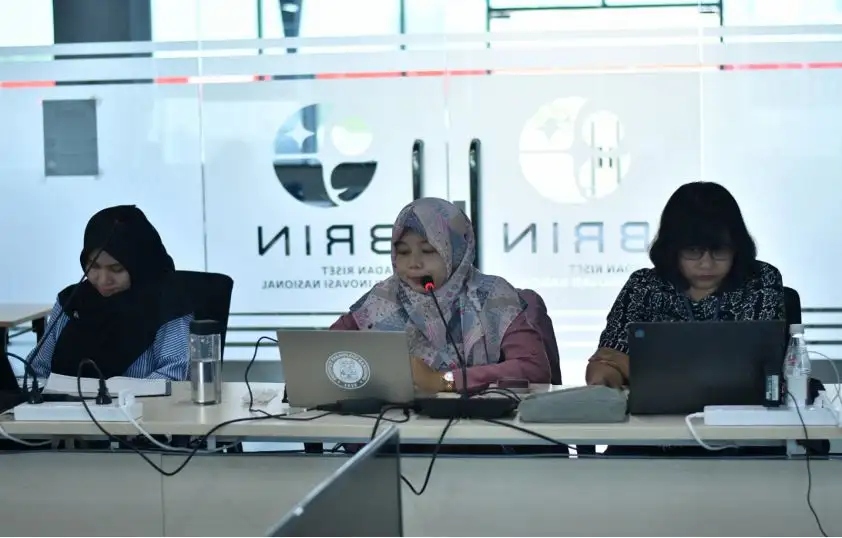
|
Getting your Trinity Audio player ready...
|
Farahhati Mumtahana, a researcher at the Space Research Centre of the National Research and Innovation Agency (BRIN), showcased the potential for radio telescope development in Indonesia. This development is part of a larger global trend, with an increasing number of radio telescopes being established worldwide, including in Southeast Asia. The proliferation of these instruments reflects a growing recognition of their importance in various scientific fields.

The Timau National Observatory has initiated a radio telescope development programme. The project aims to build a radio telescope featuring a single dish with a diameter of approximately 20 metres and a frequency range of 1 to 50 gigahertz. Farahhati revealed that this would be the first modern and sufficiently large radio telescope constructed in Indonesia, marking a significant milestone in the country’s scientific and technological advancement.
“Radio telescopes play a crucial role in astronomy, complementing optical and other wavelengths. Research utilising radio telescopes is expanding, contributing not only to astronomy but also to fields such as geodesy and atmospheric science,” Farahhati stated. She emphasised the potential impact of this research on both national and global scales.
The study aims to explore the capabilities of the planned radio telescope as a standalone antenna and as a component of a future interferometer or very long baseline interferometry (VLBI) network. “Antenna location is a significant concern due to the scarcity of stations near the equatorial region,” Farahhati explained. The strategic placement of these antennas is crucial for maximising their observational capabilities and integrating them into broader networks.
Farahhati’s research method involved analysing several studies conducted with single antennas around 20 metres in diameter. This research also considered the potential collaboration within the interferometer network and tested its capabilities as part of the VLBI network, including simulated observations and UV coverage. The results underscore the importance of international cooperation and advanced simulation techniques in optimising the performance of radio telescopes.
She highlighted that more antennas result in better UV coverage. For instance, the initial configuration (3-a) had poor UV coverage because it only utilised two antennas (Timau and Parepare). “The UV coverage can be significantly enhanced by adding other Indonesian antennas such as Rancabungur, Rumpin, Jatiluhur, and Bosscha to the simulation. The improvement would be even greater if Malaysia and Thailand joined the observation,” Farahhati noted.
Research cooperation between institutions and developing countries is becoming increasingly important for achieving longer baselines with VLBI techniques. VLBI collaborations in East Asia, including Japan’s VLBI Exploration Radio Astrometry (VERA), Korea’s VLBI Network (KVN), and China’s Tianma and Nanshan antennas, serve as examples. There is also potential for collaboration between Southeast Asian countries such as Thailand, Indonesia, and Malaysia, which are developing radio telescopes.
The research group discussed the proposed 20-metre-class radio telescope at the Timau National Observatory, outlining potential future research as both a single antenna and part of the VLBI network. “The scientific motivations for this project include capacity building, global cooperation, unique scientific observations, and opportunities for education and training,” Farahhati said. These motivations are vital for fostering a robust scientific community capable of tackling complex research questions.
The integration of digital technology in the development and operation of radio telescopes is another critical aspect of this project. Advanced data processing, machine learning algorithms, and high-performance computing are essential for analysing the vast amounts of data generated by radio telescopes.
Furthermore, the development of radio telescopes has significant educational implications. It provides opportunities for training the next generation of scientists and engineers in cutting-edge technologies and research methodologies.
As the project moves forward, it promises to enhance our understanding of the universe, contribute to various scientific fields, and foster technological innovation in Indonesia.
















